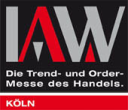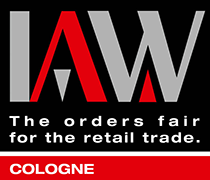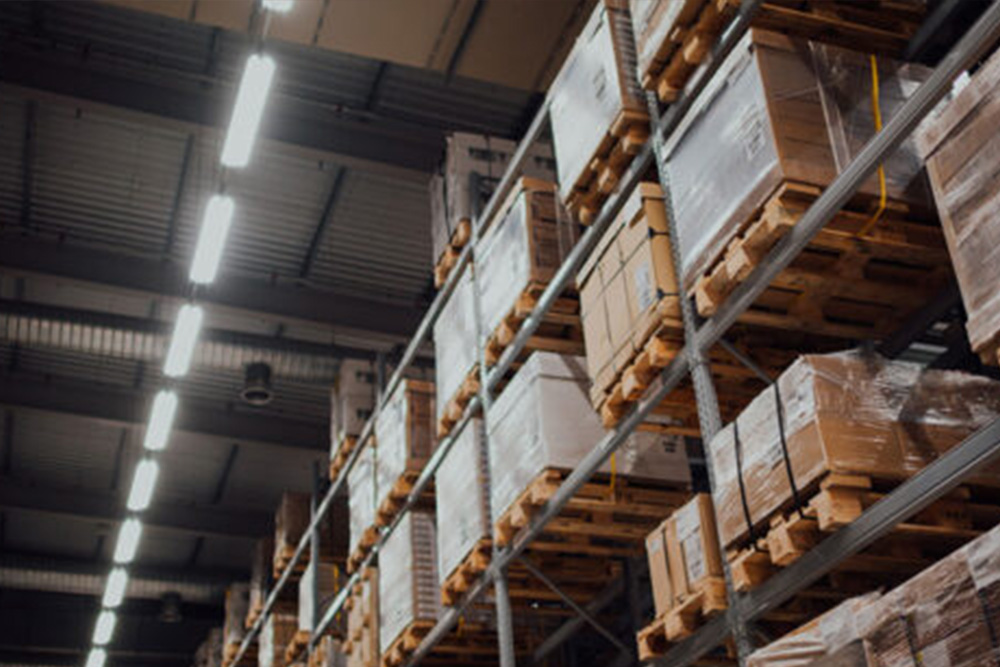Local vs. global sourcing – choosing the right procurement strategy
According to a study by the Leipzig University of Applied Sciences, every second German SME prefers to buy preliminary products from the supplier around the corner (local sourcing). Only when necessary do 43 percent of the SMEs surveyed also procure their products abroad (global sourcing). The choice of location for product procurement should be considered individually, as it has an impact on cost savings, time procurement and product quality, among other things.
This means they forgo the ten to 30 percent cost savings they could achieve on average through international procurement.
Product sourcing – Finding the right product
Simply put, product sourcing is the process of finding products to sell. However, it is not always easy to find the products you want to sell at prices that allow you to make a profit. Researching the right suppliers and maintaining a high level of product quality can therefore prove difficult. Successfully navigating through this shark tank only works if all the different methods and routes have been carefully examined. The right sourcing strategy in terms of local procurement depends on identifying the risks and uncertainties to determine whether they are actually beneficial. For this reason, the advantages and disadvantages of local sourcing and global sourcing for new products are examined below.
Nice to know: Whether products are procured directly from a manufacturer or from an intermediary, e.g. for your own online store, makes a big difference in terms of the possibility of designing and optimizing individually manufactured products. Working with a retailer opens up options that a middleman cannot offer himself.
Global sourcing – Advantages and disadvantages of the world market
Global sourcing refers to the process of procuring products on the global world market. Products can therefore be purchased where they are particularly inexpensive to manufacture and cheap to buy. This results in competitive advantages in the procurement of high-quality products at relatively low prices. Global procurement also makes it possible to purchase resources that are not available locally or are comparatively expensive more cheaply. In this way, differences in growth, inflation and economic conditions can be cleverly exploited.
Global sourcing is currently easier than ever before thanks to globalization and digital information and infrastructure. Products that are produced directly by the manufacturer can be conveniently inspected and viewed online with a click via trading platforms such as Alibaba.com. Intermediaries that create a dependency can be bypassed in this way. Purchasing products from the direct source brings quality advantages, as retailers or regions with particular specializations can be used. International competition increases the pressure on suppliers. This encourages them to improve their performance and calculate prices more favorably, resulting in cost advantages for the buyer.
Local sourcing – advantages and disadvantages of regional suppliers
Compared to global sourcing, local sourcing is an alternative procurement strategy for a company in which products are procured from suppliers “nearby” wherever possible.
Compared to global sourcing, this procurement strategy has a number of advantages in terms of transportation costs: low transportation costs are often associated with local sourcing due to the geographical proximity and the associated short transportation routes. Delivery times are almost as short as when sourcing from further afield and supply bottlenecks are relatively rare. This brings with it a calculable risk and a certain flexibility that a business can rely on. Empty shelves or product outages are easier to avoid. Logistically, this just-in-time delivery has a major practical advantage, as the goods can be delivered when they are needed and do not have to be ordered in advance from stock. Accordingly, the logistical effort involved in local sourcing can be minimized and costs incurred for the storage of products, for example, can be cleverly avoided. Incorrectly manufactured items or products in poor condition can be avoided more easily through more frequent checks of production and quality standards if production takes place in geographical proximity.
The advantages for the climate and the environment that result from choosing a local manufacturer can be explicitly marketed by the buyer and thus convince customers to buy the product. At the same time, this can create an image advantage for the company, as the reputation of products “Made in Germany/Europe” is often higher than the reputation of comparable Asian products. Local sourcing can also secure jobs in the region.
However, the dependency on the local manufacturer or retailer should also be taken into account with local sourcing, as there is often only a manageable regional selection. Relationships must therefore be maintained and the low level of competition can lead to increased costs, as the manufacturer does not have to compete with others and price reductions are less likely to occur.
Local vs. global sourcing in comparison
Due to the potentially high costs for transportation and the increased risks, global sourcing is not suitable for every company. Global sourcing cannot be used everywhere, as this procurement strategy is associated with risks and requirements that cannot always be met. Global sourcing is associated with high information and logistics costs, which not every company can cope with. The same applies: other countries, other customs. Foreign countries, which tend to be rather unknown, can often be associated with many risks and uncertainties, including political instability, currency risks and loss of know-how. In addition, sourcing on the global market involves a great deal of effort and expense.
The logistics and coordination involved in obtaining information should not be underestimated. Incorrect deliveries can have fatal consequences for the company. In addition, invoices often do not add up when long transportation routes and delivery times are taken into account, as these can be associated with immense costs. These are costs and risks that need to be weighed up against the potential savings from lower purchase prices and quality benefits for the product.
Sourcing from local manufacturers in the DACH region is hardly possible for commercial products due to advancing globalization. Financially, productions in Germany cannot even begin to keep up with the prices of competitors in low-wage countries. For this reason, local sourcing is often limited to sources of supply from intermediaries, which means that some advantages cannot be realized. For example, products cannot usually be customized and there are no benefits for the climate and environment depending on the country of production. Nevertheless, working with a local partner brings with it entry-level conditions that often create a basis for further action.
Procurement strategies: Factors for a successful product
In summary, it is important to find the best compromise in the procurement strategy so that the best possible product can be purchased and sold in line with consumer demand. The main factors that play a role in this are as follows:
> Product quality:
This is essential for consumers, as they are looking for the best value for money when making a purchase. The focus is therefore on meeting the consumer’s expectations of the product, so that they are not only convinced by the product when they buy it, but also purchase it again or, at best, would even recommend it to others.
> Unit prices:
Financially, a product must be profitable and generate sufficient profit for all parties involved when it is sold to the consumer. Accordingly, the buyer’s main task is to focus on the difference between the potential retail price and the purchase price from the retailer, i.e. the potential profit. Different partners can offer different conditions at their respective locations, which must be weighed up in local vs. global sourcing.
> Communication with the partner:
The respective retailer or manufacturer should be your partner. Communication and trust are the be-all and end-all. The smallest misunderstandings, miscommunicated expectations or inaccuracies in the collaboration can lead to quality problems and have fatal consequences for the sale of a product.
> Logistics: (Location)
The logistics process often determines success or failure, as unexpected costs, delivery bottlenecks, transport damage or unexpected problems with customs can quickly cause costs to skyrocket. Accordingly, the process must be planned and agreed in detail with the respective partner in advance.
> Product customization options:
Off-the-shelf products that anyone can sell can be an absolute flop, depending on the business model. Strategically, product sourcing must enable a certain market positioning so that demand can be met. All efforts should be geared towards this when considering global or local sourcing.
Other possible factors that should also be considered when choosing a procurement strategy are:
Delivery reliability
Offer transparency (no hidden costs etc.)
Low error rate
Complaint rate
References
Problem-solving behavior
Goodwill behavior
Innovative ability
Availability of contact persons
Price guarantee
Credit rating
Local vs. global sourcing – The most important facts summarized
The choice of sourcing strategy is an individual decision that depends on the company, the product in question and the circumstances. Global sourcing is suitable for larger companies that are globally oriented and have a broadly diversified product range. These companies are usually better able to store products and deal with damaged products. Companies that require raw materials or materials for their products that are difficult or impossible to obtain in Germany cannot do without global sourcing.
Especially at the beginning of a product line, the cost of global sourcing is disproportionate to local sourcing. For small quantities, the best way to start is therefore usually via local sources.
For many companies, a combination of global sourcing and local sourcing is suitable. The combination of the two sourcing strategies offers the opportunity to procure products where they can be purchased cheaply in order to minimize production costs. It often makes sense to find local partners in order to source products via local wholesalers. After an initial test, it is advisable to source globally in a reliable, strategic and experienced manner using the capabilities of the local partner.
The IAW: “Europe’s largest trade order fair” was created to help you find the right partner for local or global sourcing. You can find more information here.


